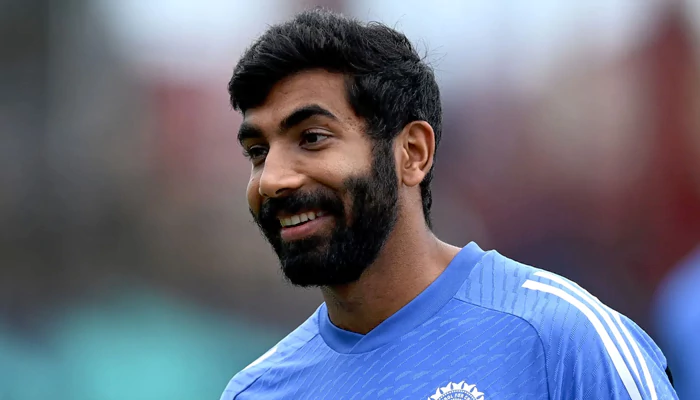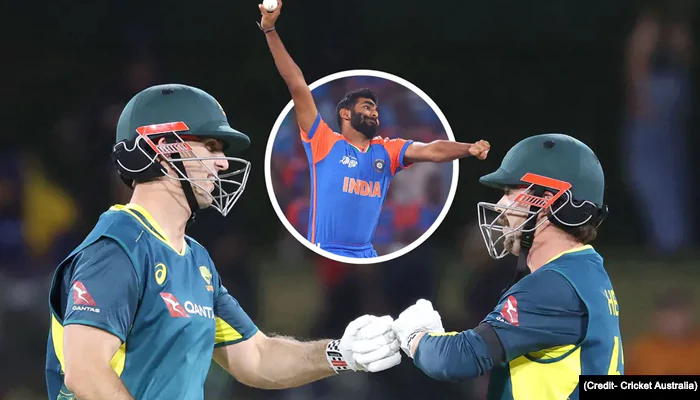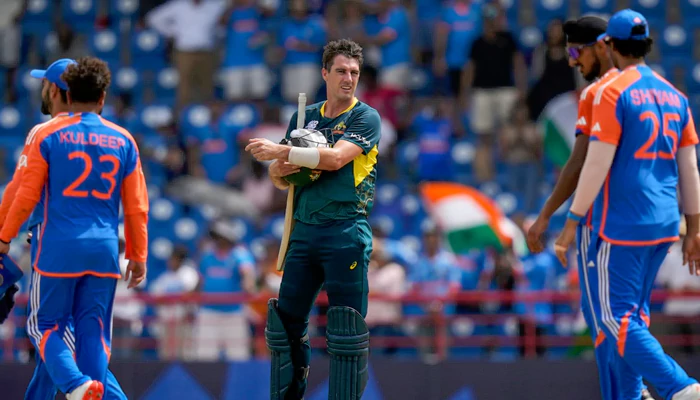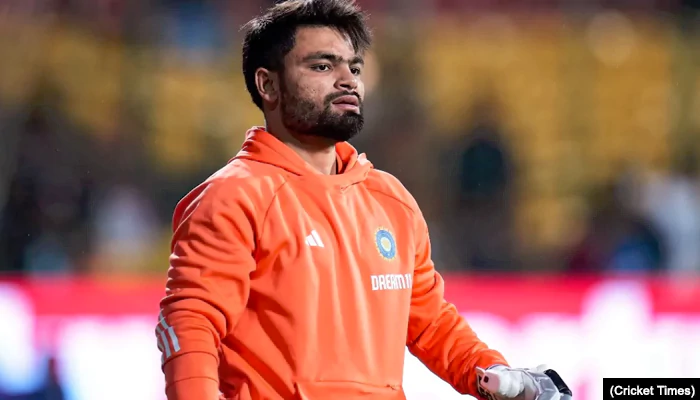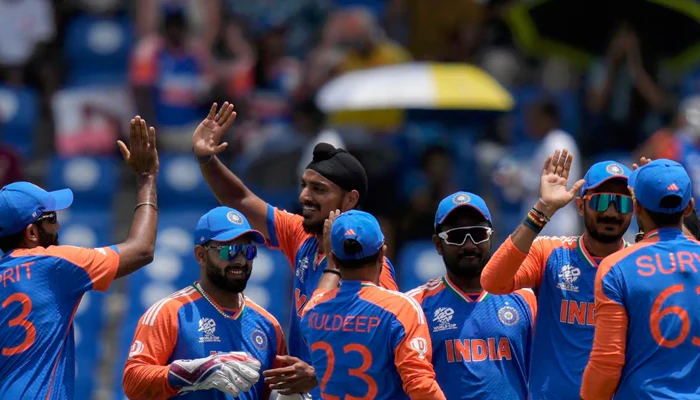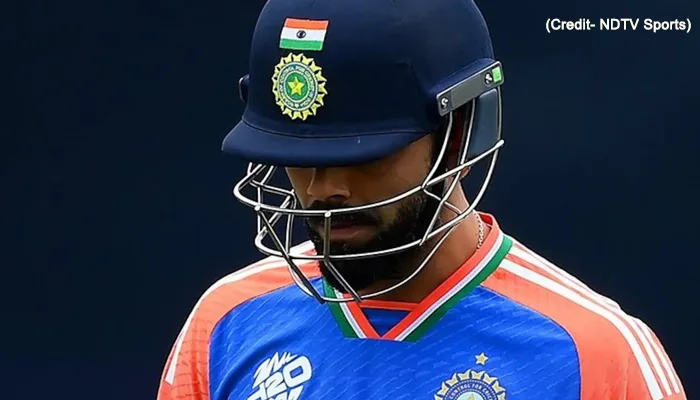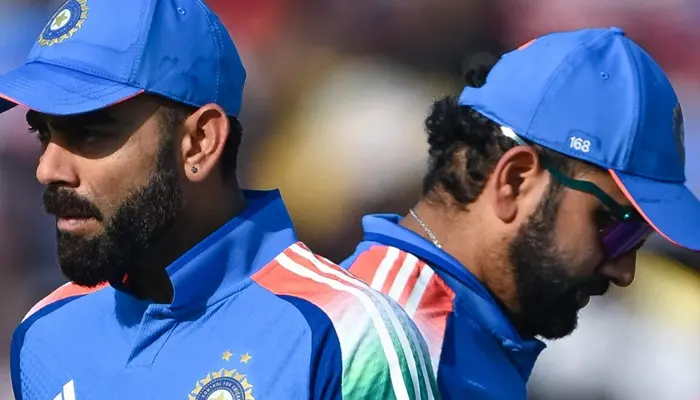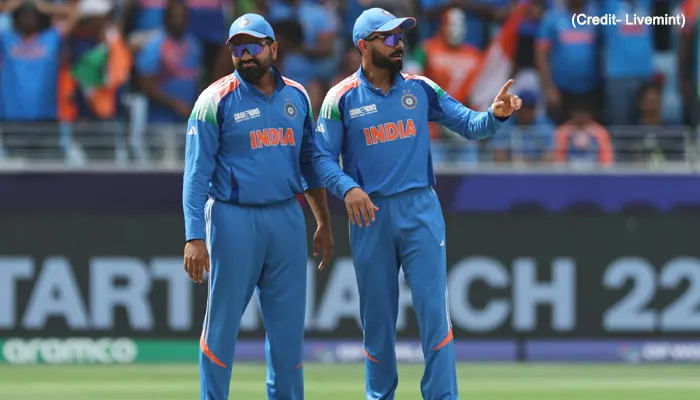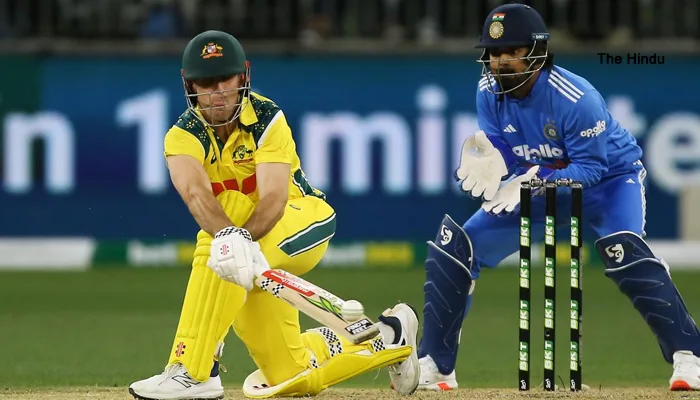The Rs.140 Million Risk That Doubled IPL 2014’s Insurance Costs—Here’s Why!
- Sayan Guha
- 7 months ago
- 3 minutes read

The 2014 IPL wasn’t your typical cricket fiesta, with the Lok Sabha elections running from April to May, the Indian government couldn’t spare the security muscle needed to keep the tournament safe at home
The 2014 IPL season stood out from the rest in the league's history. With India's general elections coinciding with the tournament, the Board of Control for Cricket in India (BCCI) had to shift the first 20 matches to the UAE. This move allowed the tournament to proceed as scheduled, but it also came with an unexpected financial strain—the cost of insuring the IPL skyrocketed from ₹70 million in 2013 to a staggering ₹140 million in 2014.
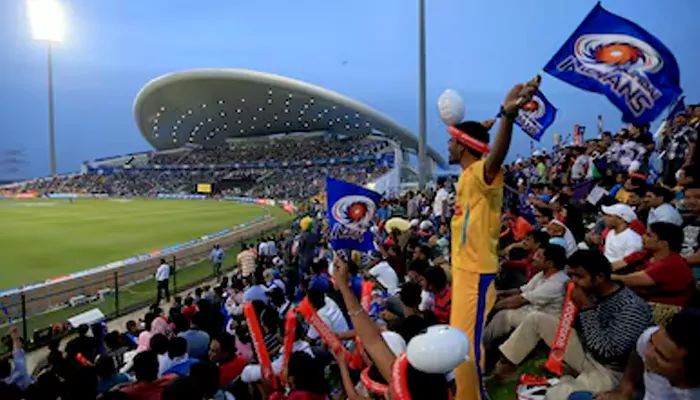
Credit: The National
What caused this surge? A mix of political uncertainty, security issues, and the complex logistics of holding a tournament in two different countries. Reinsurers, the financial buffers for insurance companies, viewed the IPL as a high-risk affair and significantly increased their premiums.
Why insurance became a major concern
The primary concern looming over the IPL was the threat of event cancellations due to terrorism or political unrest. The league faced a genuine risk of disruptions, with security forces already stretched thin because of the elections. To safeguard against this uncertainty, the BCCI sought an event cancellation policy worth ₹900 crore, ensuring financial protection if matches were postponed or scrapped.
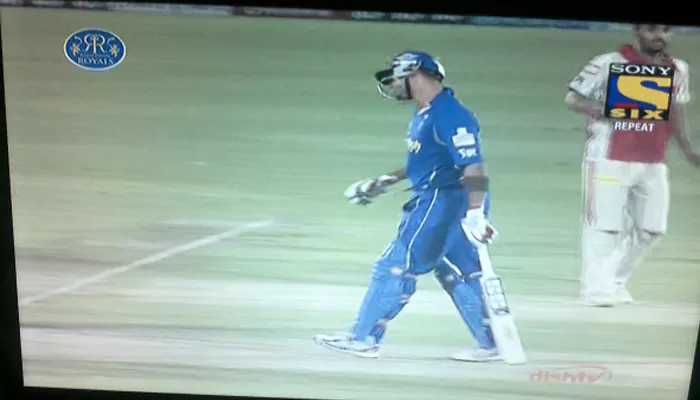
Credit: The Fan Garage
In a similar vein, the television broadcaster Sony Six secured a ₹1,200 crore policy to protect its advertising revenue, anxious about a potential drop in viewership from match interruptions.
Each franchise insured its matches for ₹10 crore per game, while individual players had coverage for personal accidents and loss of earnings. These figures were eye-opening. Yet, without this insurance, a cancelled season would spell disaster financially.
Franchises took a heavy financial hit
For team owners, IPL 2014 felt like a financial pitfall. Playing the first half of the season in the UAE meant franchises missed out on the buzz of home games and faced challenges attracting sponsors. On top of that, travel and lodging expenses climbed steeply, leading to a 15-40% drop in sponsorship revenue because of concerns about the tournament's future.
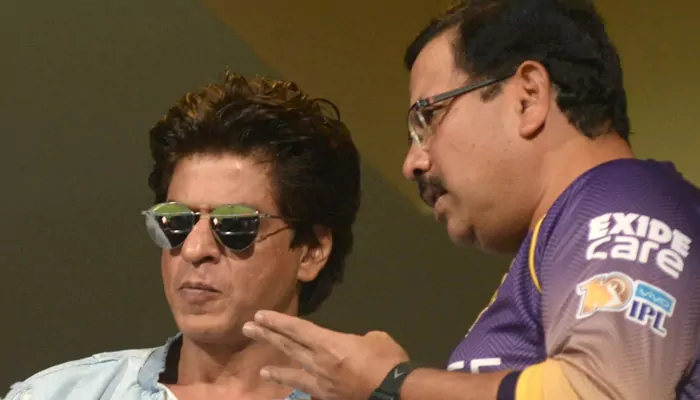
Credit: circleofcricket
Venky Mysore, CEO of Kolkata Knight Riders, shared that operational and logistics costs had surged by 40%. Meanwhile, other franchises saw their total income dip by 20-25%. Although the IPL governing body pledged to help teams with these extra costs, a clear financial support plan was never made public.
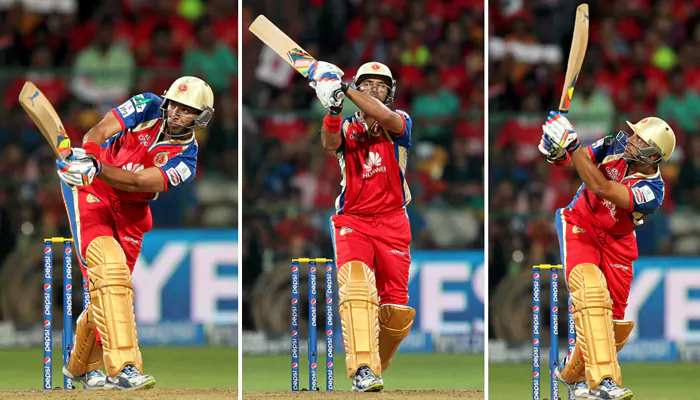
Credit: firstpost
Star players came with massive insurance cover
With the increased risks involved, players required individual insurance coverage to safeguard themselves against injuries and loss of fees.
Yuvraj Singh, the season's highest-priced player, held a personal accident policy valued at ₹49 crore.
Kevin Pietersen, captain of the Delhi Daredevils, had insurance coverage of ₹31.5 crore.
Players who went unauctioned had insurance ranging from ₹50 lakh to ₹1 crore, ensuring they were covered in the event of injuries or unexpected situations.
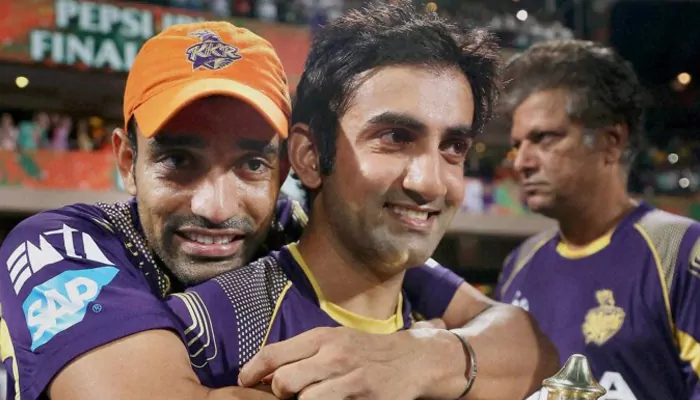
Credit: SAP Community
How IPL 2014's insurance set a new precedent
In the midst of financial chaos, IPL 2014 reached its thrilling conclusion, with the Kolkata Knight Riders lifting the trophy. Yet, this season marked a turning point in how insurance was viewed within the tournament.

From then on, teams, broadcasters, and the BCCI recognized insurance as essential to the IPL's financial health. Security threats, unpredictable weather, and sudden logistical hiccups transformed from mere annoyances to vital elements that required financial protection each season.

